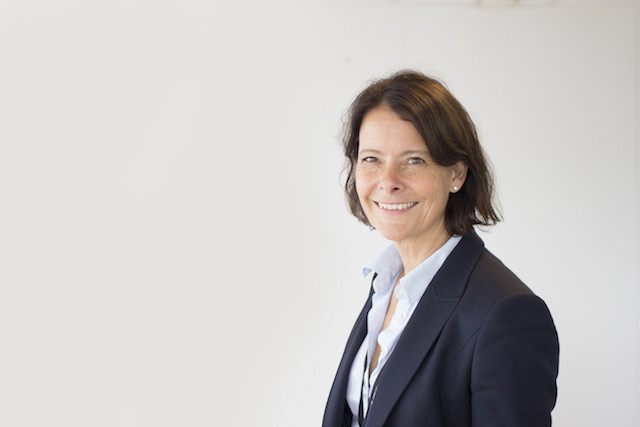In advance of the event, Delano spoke with Alexandra Morris, CIO and member of the board at Skagen Funds. She speaks on the “Minding the gap - Diversity in Asset Management” panel, Tuesday at 2:30pm.
Aaron Grunwald: What do you want the audience to get most from the “Minding the gap” talk?
Alexandra Morris: Diversity is good. Diversity sheds light on questions from different viewpoints leading to better qualified decisions and outcomes. We avoid “group think” which open up for unforeseen risks. And last, but not least, diversity adds to a better culture in the workplace.
What is a good example of how diversity and inclusion have benefited an investment fund or investment strategy?
Several academic studies have shown that having a gender balance in investment management leads to stronger returns and a recent study shows that mixed gender teams attract six percent more inflows than those solely run by men or women, both highlighting the business case for increased diversity in asset management.
What’s on your “risk radar” for the asset management sector this year?
The key points on the risk radar are technological and regulatory change. When it comes to the latter, there are many initiatives and reports that will affect the industry going forward, such as the recommendations for effective disclosure of climate-related financial risks by the industry-led Task Force on Climate-related Financial Disclosures (TCFD), the EU’s Non-Financial Reporting Directive (NFR) and the EU High Level Expert Group on Sustainable Finance, which has called for both improved disclosures and that asset managers consider the integration of such factors as part of their fiduciary duty.
Have you recently read a book that you would recommend to others in the industry?
As a value investor I keep returning to Benjamin Graham’s “Security Analysis”, but have also recognised that with the complexity of the 21st century global economy, the map is more incomplete than imagined. New research is showing that in the long run, corporate financial performance is closely tied to a wide array of factors, and among these are environmental, social, and governance factors--aspects that too often fly under the radar of the standard industry valuation tools. Graham said that “Astute observers of corporate balance sheets are often the first to see business deterioration,” and with understanding the ESG factors we can now get a better understanding of why businesses change. That is why “Investment must always consider the price as well as the quality of a security,” as Graham stated.
